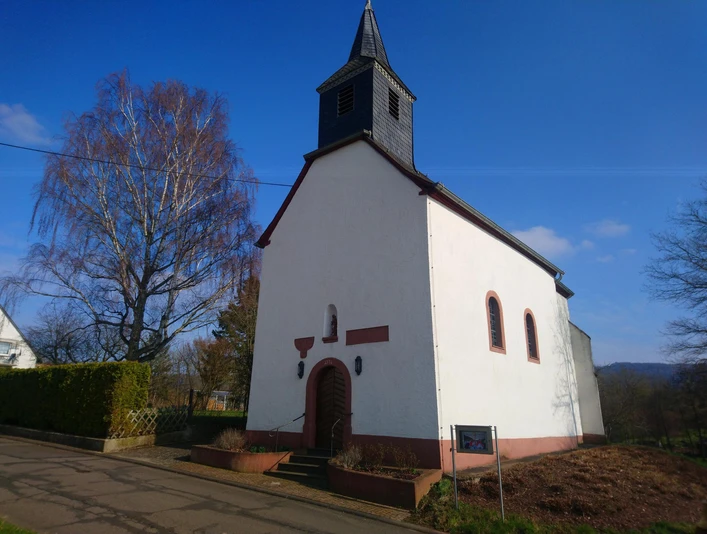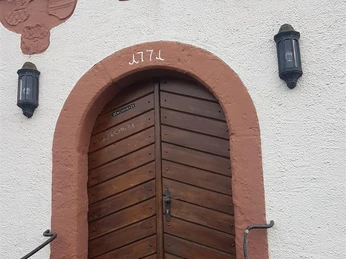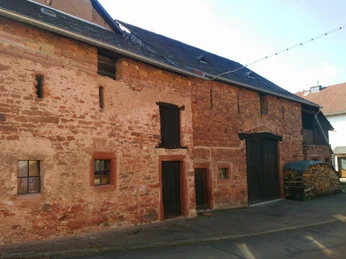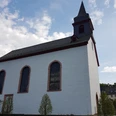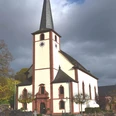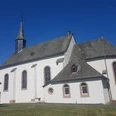After the extinction of the knightly family of Esch towards the end of the 16th century, the small Eifel village lost more and more of its importance. Both castles, upper and lower castle, disintegrated. What remains is the simple castle house (tithe house), which stands on a small elevation, and the former ban mill of the Lords of Esch on the banks of the Salm, north of Esch. The tranquil Eifel village is also the birthplace of Eberhard von Esch (1393-1451). Eberhard was a day laborer in the service of Count Gottfried von Esch, and after an apparition of Our Lady, he worked to build a small memorial at the apparition site. Eberhard found support from the local inhabitants as well as from parish priests from Sehlem, Rivenich and Krames. For the construction, Trier ministerials, the Lords of Esch, provided their own land. In 1442, the construction of the Marienhäuschen was completed, it was three steps long, two steps wide and three steps high. It was initially open to the north. The south wall had a window for an image of the Virgin Mary, which Eberhard had acquired after selling his belongings in Trier. The first visitors placed offerings. Soon after, Eberhard, again with the permission of the Lords of Esch, built a small hut next to the saint's hut so that he could take care of the numerous pilgrims and protect their gifts from theft. As a result, word continued to spread about the prayer increases and miracles that were occurring, bringing in more and more visitors and supplicants. In 1444, the first Eberhard's hermitage was replaced by a larger chapel. The new chapel measured five steps in length and width, had an altar, and was completed in 1445. The consecration of the square chapel took place only after the completion of an additional extension. In the monastery chronicle it was called a "church" (ecclesia), in documents a chapel. According to Dohm (2001), the new church, measuring 26 by 12 paces, was added to an existing two-story tower. On the Feast of the Annunciation, March 25, 1449, Archbishop Jakob von Sierck consecrated the entire complex (26 steps long and 12 steps wide). The master builder was probably a Peter Lienen from Klüsserath/Mosel. In 1451 the cloistered Eberhard died. He was probably buried in the later newly built Lady Chapel in front of the image of grace or "in cimiterio capelle". Today his bones are in a niche under the altar table in the Chapel of Grace.
Nearby
